Summary bombing Crew 8 Survivors 3 Number of deaths 16 Operator Air India Location Indonesia | Passengers 11 Fatalities 16 Date 11 April 1955 Injuries (nonfatal) 3 Survivor 3 | |
 | ||
Site off the Natuna Islands, Indonesia Similar China Airlines Flight 334, El Al Flight 402, United Airlines Flight 629, Air India Flight 245, 1954 Cathay Pacific D | ||
The Kashmir Princess was a chartered Lockheed L-749A Constellation aircraft owned by Air India. On 11 April 1955, it was damaged in midair by a bomb explosion and crashed into the South China Sea while en route from Bombay, India, and Hong Kong to Jakarta, Indonesia. Sixteen of those on board were killed, while three survived. The target of the assassination was the Chinese Premier, Zhou Enlai.
Contents
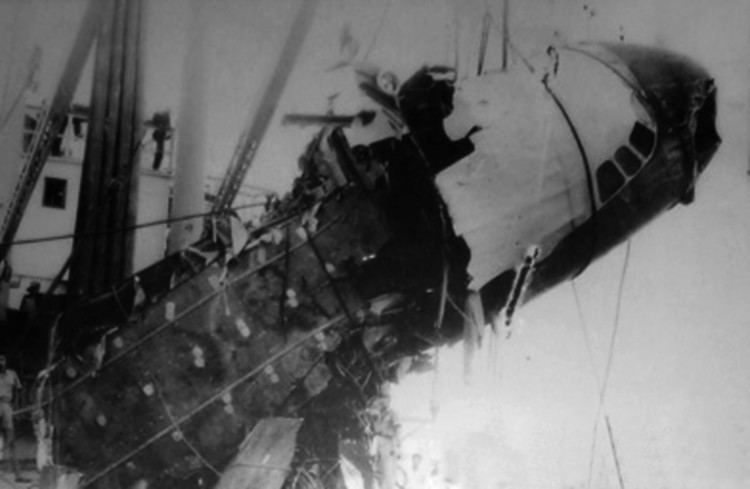
Explosion
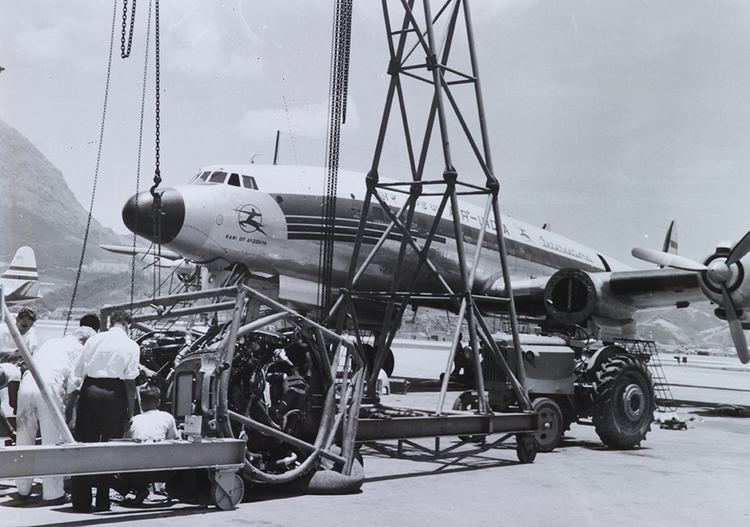
The aircraft departed Hong Kong at 0425 GMT carrying Chinese and Eastern European delegates, mainly journalists, to the Asia-Afro Bandung Conference in Jakarta. At approximately 0925 GMT the crew heard an explosion; smoke quickly entered the cabin from a fire on the right wing directly behind the No. 3 (or right inboard) engine. Upon hearing the explosion and seeing the fire-warning light for the baggage compartment come on, the captain shut off the No. 3 engine and feathered its propeller, fearing the engine would catch on fire. This left three engines running. The crew sent out three distress signals giving their position over the Natuna Islands before the radio went dead.
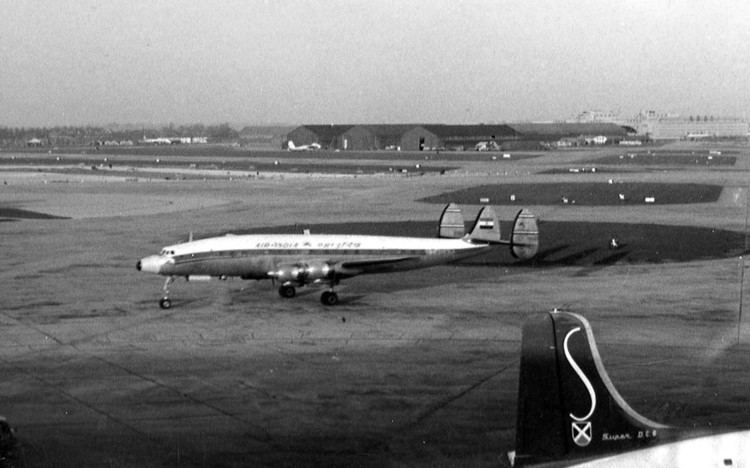
The captain tried to land the plane on the sea, but the depressurising cabin and the failing circuits made that impossible. Additionally, smoke was seeping into the cockpit. Left with no other options, the crew issued life jackets and opened the emergency doors to ensure a quick escape as the plane plunged into the sea below.
Crash

The starboard wing struck water first, tearing the plane into three parts. The aircraft maintenance engineer (ground engineer), navigator and first officer escaped and were later found by the Indonesian Coast Guard. The remaining 16 passengers and crew members, however, drowned at sea.
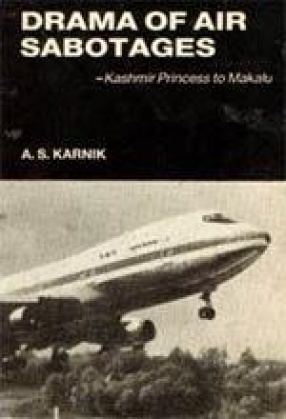
Investigators believed that the explosion had been caused by a time bomb placed aboard the aircraft by a Kuomintang secret agent who was attempting to assassinate Chinese Premier Zhou Enlai, who had been scheduled to board the plane to attend the conference but had changed his travel plans at the last minute.
Passengers
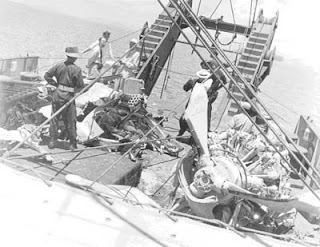
Passengers of the chartered flight included three staff members of the Chinese delegation to the Bandung Conference and one staff member of the delegation of the Democratic Republic of Vietnam. The rest of the passengers were journalists – five from China, one from the US, and one from Japan. Raymond Wong, the Hong Kong branch director of Xinhua News Agency, was also on the aircraft.
Zhou Enlai
The target of the assassination attempt, Zhou Enlai, had planned to fly from Beijing to Hong Kong and then on to Jakarta on Kashmir Princess. An emergency appendectomy delayed his arrival in Hong Kong; he left China three days after the crash and flew to Rangoon to meet with Indian Prime Minister Jawaharlal Nehru and Burmese Prime Minister U Nu before continuing on to Bandung to attend the conference.
Some historians have argued that Zhou may have known about the assassination plot beforehand and that the premier did not undergo an appendectomy at the time. Steve Tsang of Oxford University wrote in the September 1994 edition of The China Quarterly, "Evidence now suggests that Zhou knew of the plot beforehand and secretly changed his travel plans, though he did not stop a decoy delegation of lesser cadres from taking his place."
Investigation
The day after the crash, China's Foreign Ministry issued a statement that described the bombing as "a murder by the special service organizations of the United States and Chiang Kai-shek" while Hong Kong Governor Sir Alexander Grantham maintained that the plane was not tampered with in Hong Kong. However, on 26 May, an Indonesian board of inquiry later announced that a time bomb with an American-made MK-7 detonator was responsible for the crash and it was highly probable that the bomb was placed on the plane in Hong Kong.
The Hong Kong authorities offered HK$100,000 for information leading to the arrest of those responsible. They questioned 71 people connected with the servicing of the Air India flight. When police began to focus on Chow Tse-ming, a janitor for Hong Kong Aircraft Engineering Co., he stowed away to Taiwan on a CIA-owned Civil Air Transport aircraft. The Hong Kong police reported that a warrant charging a murder conspiracy was issued, but the man with the name Chow Tse-ming in the warrant had flown to Taiwan on 18 May 1955, and Chow Tse-ming had three aliases.
The Hong Kong police concluded that the Kuomintang had recruited Chow to plant the bomb to kill Zhou Enlai. Apparently, he had bragged to friends about his role in the bombing, and had also spent large amounts of money before he left Hong Kong. The Hong Kong Police tried to extradite Chow, but Taiwan refused and denied that Chow was a KMT agent.
Steve Tsang collected evidence from British, Taiwanese, American and Hong Kong archives that points directly to KMT agents operating in Hong Kong as the perpetrators of the aircraft bombing. According to him, the KMT had a special-operations group stationed in Hong Kong responsible for assassination and sabotage. Designated the Hong Kong Group under Major-General Kong Hoi-ping, it operated a network of 90 agents. In March 1955, the group recruited Chow for the assassination because his job at the airport gave him easy access to the Air India plane, and offered him HK$600,000 and refuge in Taiwan, if necessary.
A Chinese document declassified in 2005 also indicates that the KMT secret service was responsible for the bombing.
China had from the outset accused the United States of involvement in the bombing, but while the CIA had considered a plan to assassinate Zhou Enlai at this time, the Church Committee reported that these plans were disapproved of and "strongly censured" by Washington. In a 1971 face-to-face meeting in the Great Hall of the People in Beijing, Zhou directly asked Henry Kissinger about US involvement in the bombing. Kissinger responded, "As I told the Prime Minister the last time, he vastly overestimates the competence of the CIA."
Commemorations
The captain of the plane, D.K. Jatar who perished in the crash, later along with co-pilot M.C Dixit and ground maintenance engineer Anant Karnik, became the first civilians to be awarded the Ashoka Chakra Award for "most conspicuous bravery, daring and self-sacrifice".
In 2005, the Xinhua News Agency hosted a symposium to commemorate the 50th anniversary of the crash; three Xinhua journalists had been among the victims.
